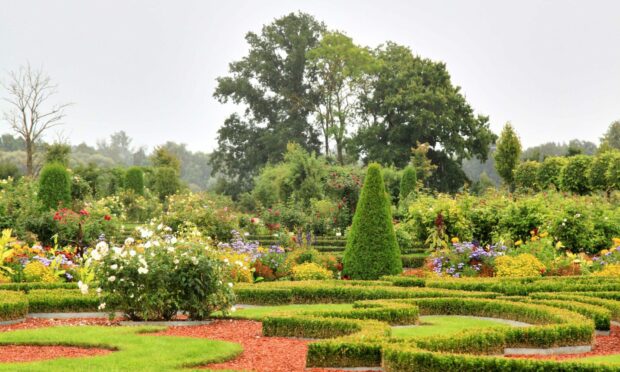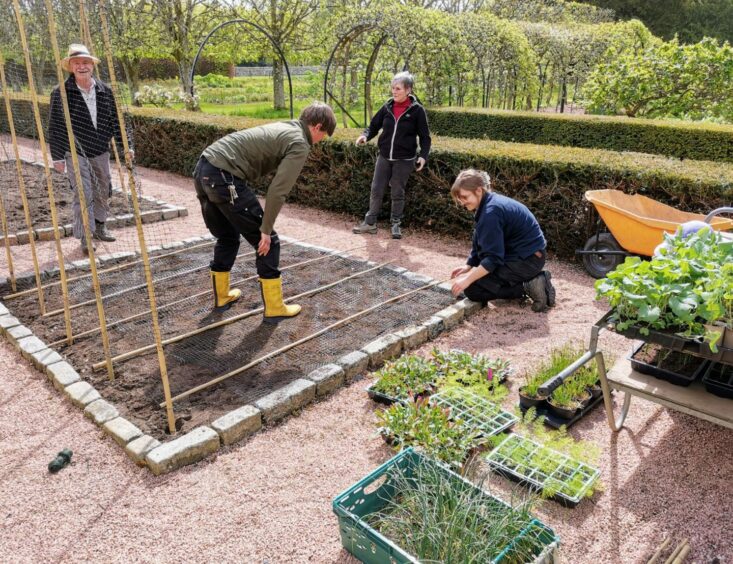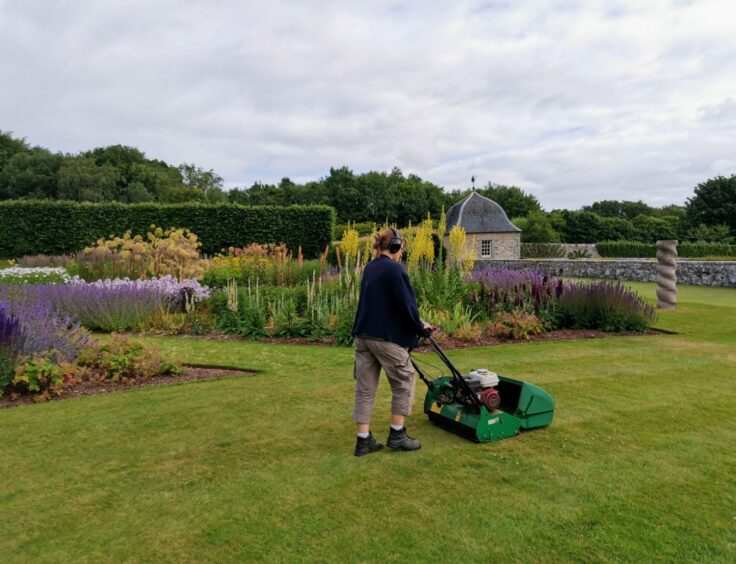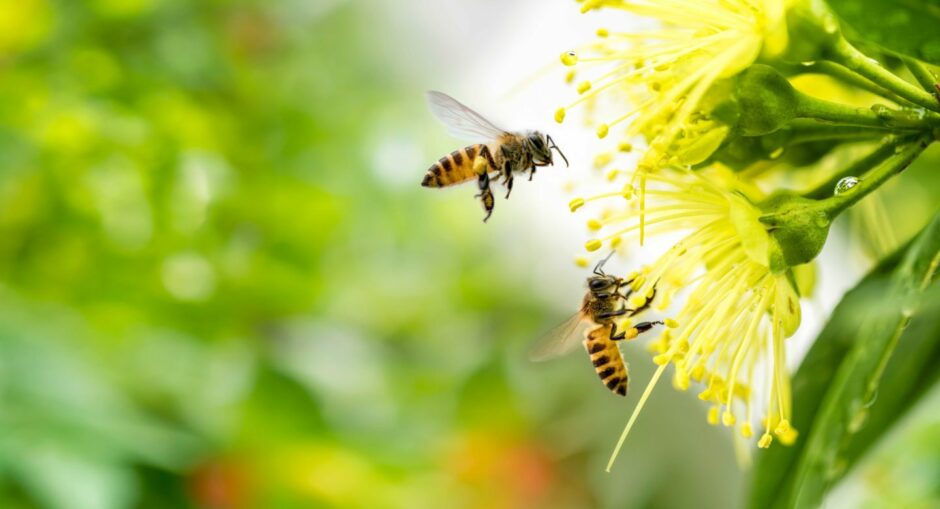Everywhere you go within the UK there seems to be a lack of skilled tradesmen and women. Horticulture is no exception to this.
It could be because horticulture is never mentioned at school. I heard not a solitary peep about gardening or horticulture as a career.
The only time horticulture came up was as a small section of biology to learn about the basics of photosynthesis and plant physiology.
School days
In my biased opinion when I was at school, they were more concerned about their placement in the academic league tables.
The more kids that got put into university then the better their performance looked. It paid for them to funnel as many kids into university as possible regardless of whether it was the right thing for those kids or not.
College and trades were only for those that couldn’t hack it at university where you were supposed to go.
The next generation
There is hope however. Some people have made it their mission to be the next generation of horticulturalists. Some have made it their mission to teach and develop this next generation. I have spoken to two colleagues that represent these positions.
Apprentice gardener Laura Wileman
Laura Wileman is an apprentice gardener for the National Trust for Scotland. I was very proud to interview her, offer her the role and oversee her first year of development at Pitmedden Garden and Haddo House, back when I was head gardener there.
Laura is currently completing her second year there now.
1. What attracted you to be an apprentice in horticulture?
“I was looking for a career change and an apprenticeship appealed to me because practical experience is the way I prefer to learn. I wanted to work outdoors and have always had an interest in plants so I thought I’d give it a go.”
2. What do you hope to achieve with a career in horticulture?
“I would like to combine my previous career experience as a chef, with my love of plants by working in a kitchen garden of some kind, preferably one with a focus on sustainability and working in harmony with nature.”
3. What’s your favourite thing about being a horticulturalist?
“Now I’m into my second year of being a horticulturist, I really enjoy seeing the cyclical nature of the garden I work at and the variation of jobs throughout the seasons. Also having birds, insects and plants for co-workers is pretty neat!”
4. What inspires you to get out there every day to be a better horticulturalist?
“I think gardens are so important for people to be able to go and appreciate them so being a part of maintaining one is a rewarding feeling.”
5. What would you say to anyone else thinking about a career in horticulture?
“Give yourself the chance to try something new and keep your options open as it can lead to something you might really enjoy.”
Horticultural lecturer Lucy Lewis
Lucy Lewis is a fellow cohort in the RHS Master of Horticulture course (MHort). We’ve certainly slogged through the difficulties and rewards it brings.
Lucy was even skilled even to have a piece of her course work on ‘No Mow May’ published in the Chartered Institute of Horticulture journal The Horticulturist.
1. What attracted you to be a horticultural lecturer?
“It sort of found me! The role at the college was advertised just as I was looking to leave primary education.
“I have always loved horticulture and have had a fair few different job roles in the industry before moving over to education.
“I feel so fortunate to have a role now that combines both… it’s a pretty unique position!”
2. What challenges do you have as a horticultural lecturer?
“On top of the normal challenges teachers face in a classroom – students, planning and marking – we also have to plan around the weather and the plants. They don’t ever read the lesson plan!”
3. What do you hope to achieve in your career in horticulture?
“I still haven’t decided yet! Like Scott I am studying towards the RHS Masters of Horticulture and perhaps after my dissertation next year I will have found my next challenge.”
4. What’s your favourite thing about being a horticulturalist?
“I love that is wonderfully unique and such a mix of science, creativity and tradition. Not many other industries are quite like it.”
5. What would you say to anyone else thinking about a career in horticulture?
“Do it! Think about how your previous skills and experience could be adapted and I am sure you’ll find a unique and interesting pathway.
“We all can play our part in keeping the science and art of horticulture alive. Passion and interest can be found from, and passed on to anyone.”
Take care and happy gardening.
















Conversation